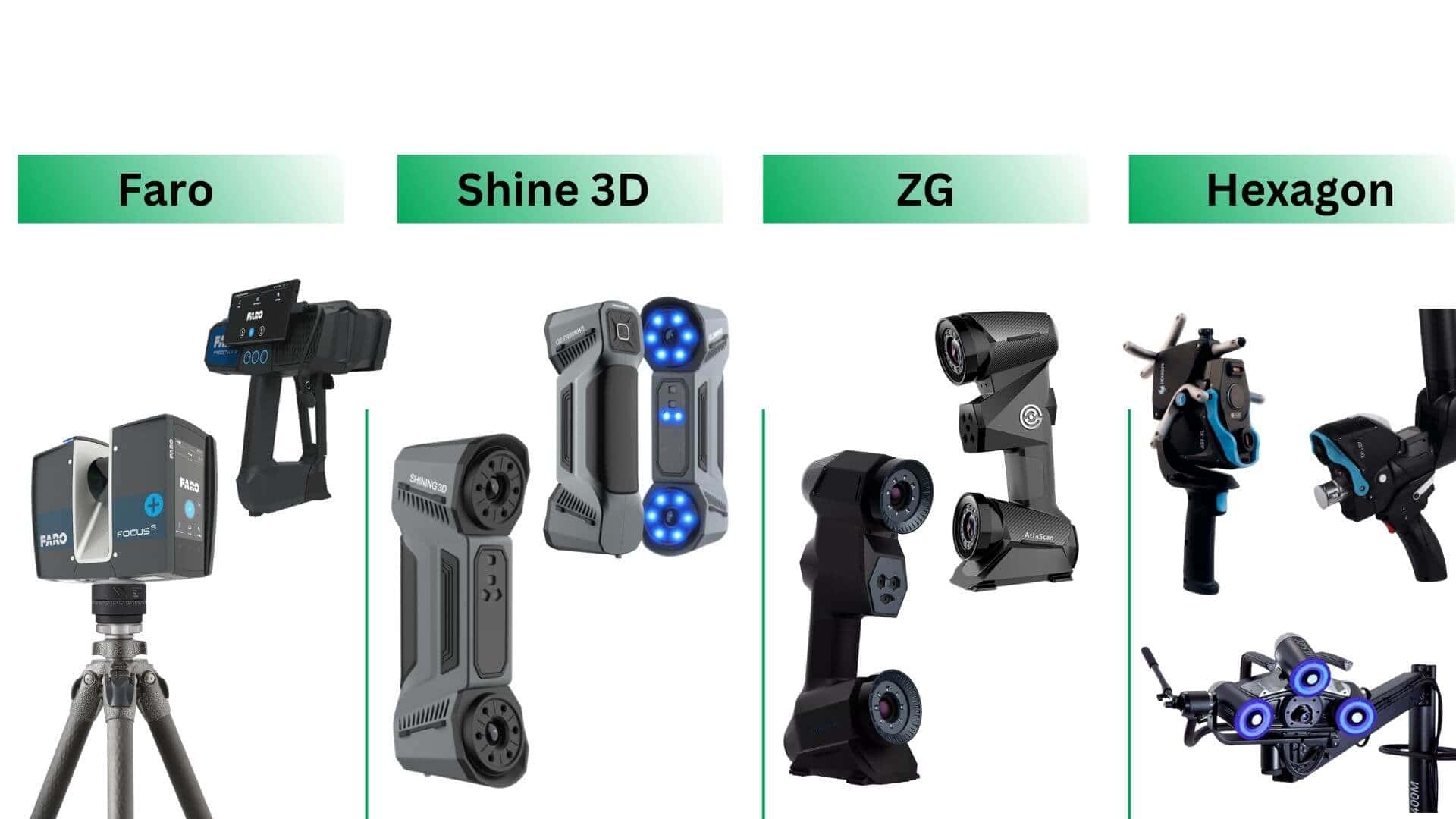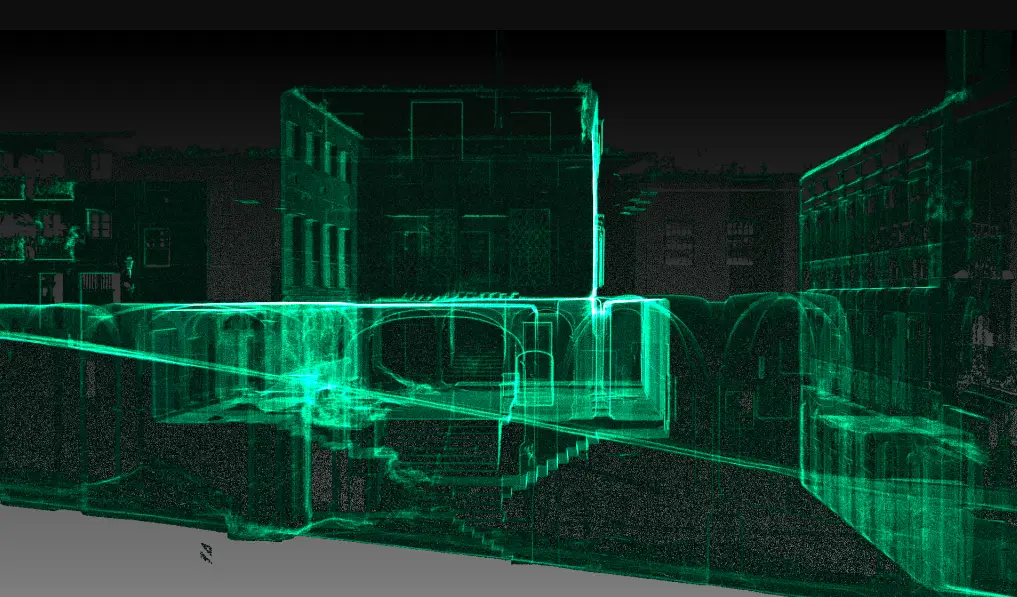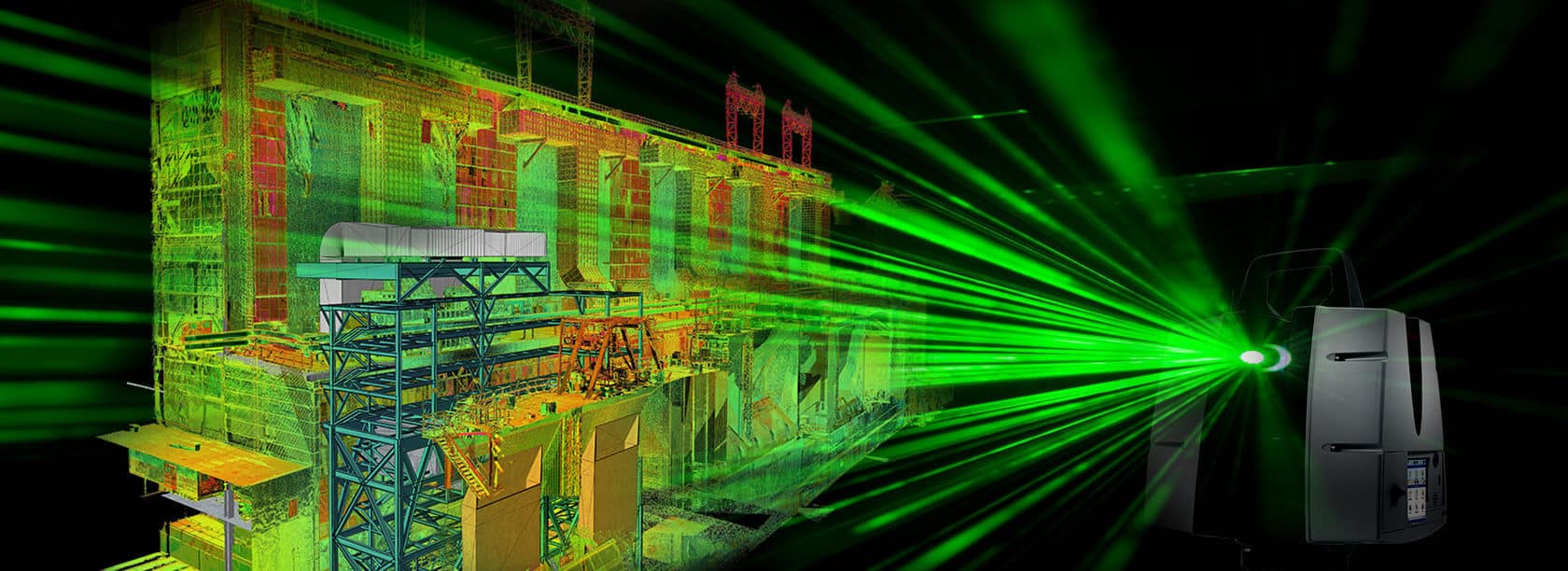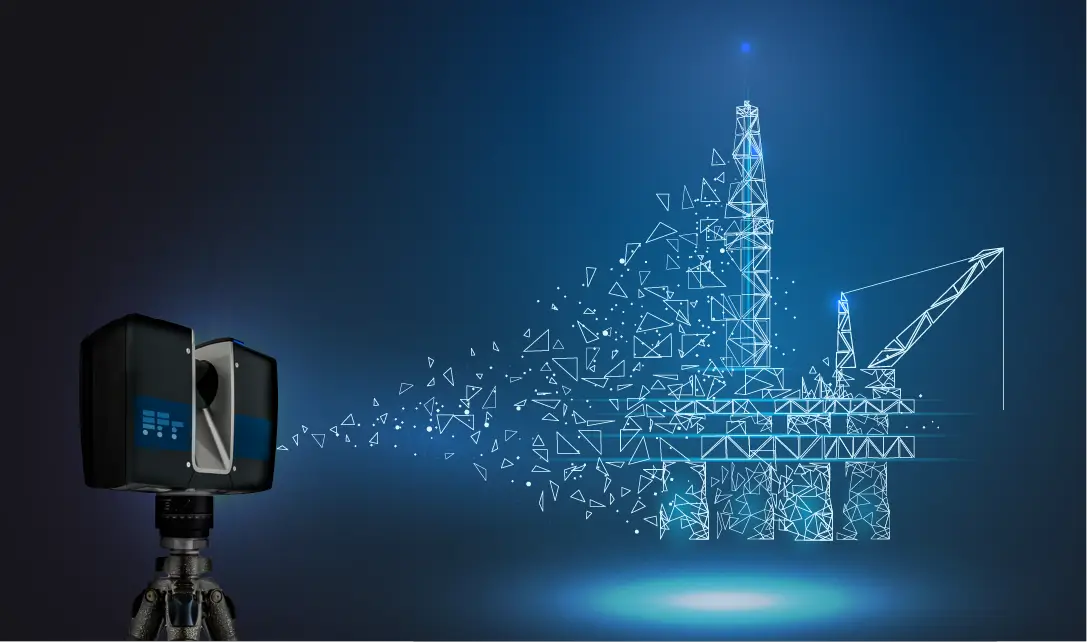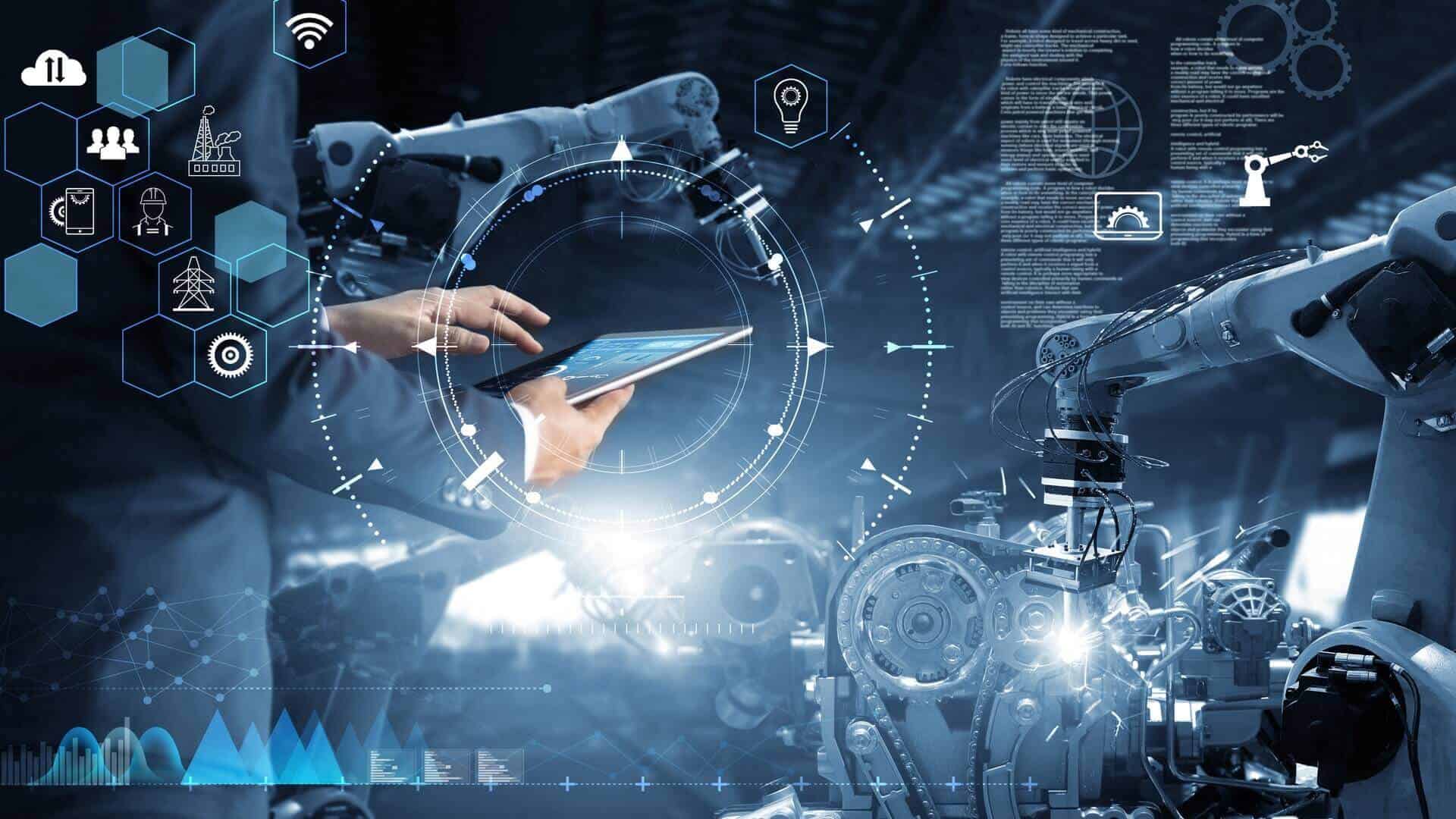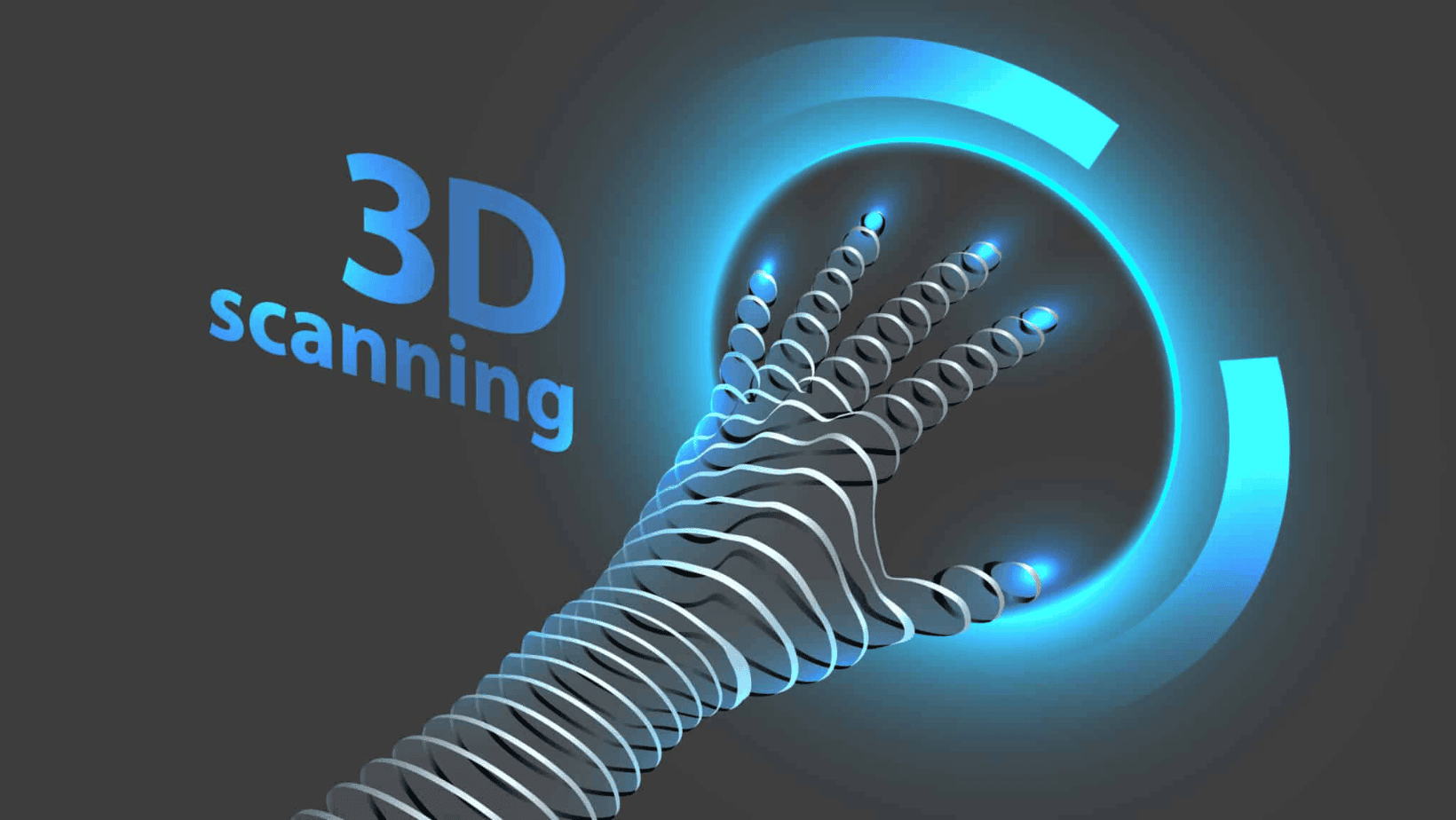Unlocking the Potential of 3D Scanners: Exploring the Third Dimension
Introduction
In the ever-evolving landscape of technology, 3D scanners stand as fascinating tools that have transformed the way we perceive and interact with the world around us. From reverse engineering and quality control in manufacturing to creating lifelike digital replicas of artifacts and sculptures, 3D scanners have found applications in diverse fields. In this blog post, we’ll explore the intricacies of 3D scanning, its various types, and the impact it has on industries and everyday life.
Understanding 3D Scanning:
At its core, 3D scanning is a process that captures the shape and appearance of real-world objects or environments and translates them into digital 3D models. The technology employs a range of techniques, each tailored to specific requirements and desired outcomes.
Types of 3D Scanners
- Structured Light Scanners:
- Utilizes patterns of light projected onto the object.
- Measures distortions in the pattern to determine the object’s geometry.
- Ideal for capturing intricate details with high accuracy.
- Laser Scanners:
- Utilizes laser beams to measure the distance between the scanner and the object.
- Suited for both short and long-range scanning, making them versatile in various applications.
- Commonly used in industrial settings for precise measurements.
- Photogrammetry:
- Involves capturing multiple 2D images of an object from different angles.
- Software analyzes the images to reconstruct a 3D model.
- Cost-effective and suitable for applications like archaeology and cultural heritage preservation.
Applications Across Industries
- Manufacturing and Quality Control:
– Enables precise measurement and inspection of manufactured components.
– Identifies defects and ensures adherence to design specifications.
- Healthcare:
– Used in orthopedics for creating custom implants and prosthetics.
– Facilitates the production of highly personalized medical solutions.
- Architecture and Construction:
– Aids in creating detailed as-built models of existing structures.
– Streamlines the design process and enhances project visualization.
- Cultural Heritage Preservation:
– Allows for the preservation of artifacts and historical sites through accurate digital documentation.
– Facilitates restoration and research efforts.
The Future of 3D Scanning
As technology advances, so does the potential of 3D scanning. Future developments may include enhanced portability, increased scanning speed, and broader accessibility. Additionally, the integration of 3D scanning with other technologies, such as augmented reality (AR) and virtual reality (VR), is likely to open up new possibilities in fields like gaming, education, and simulation.
Conclusion
In the realm of 3D scanning, innovation knows no bounds. From revolutionizing traditional manufacturing processes to preserving our cultural heritage, the applications of 3D scanners continue to expand. As technology continues to advance, the future promises even more exciting developments in this fascinating world of three-dimensional exploration. Whether you’re an engineer, an artist, or an enthusiast, 3D scanning has something remarkable to offer, unlocking new dimensions in our understanding and interaction with the physical world.

